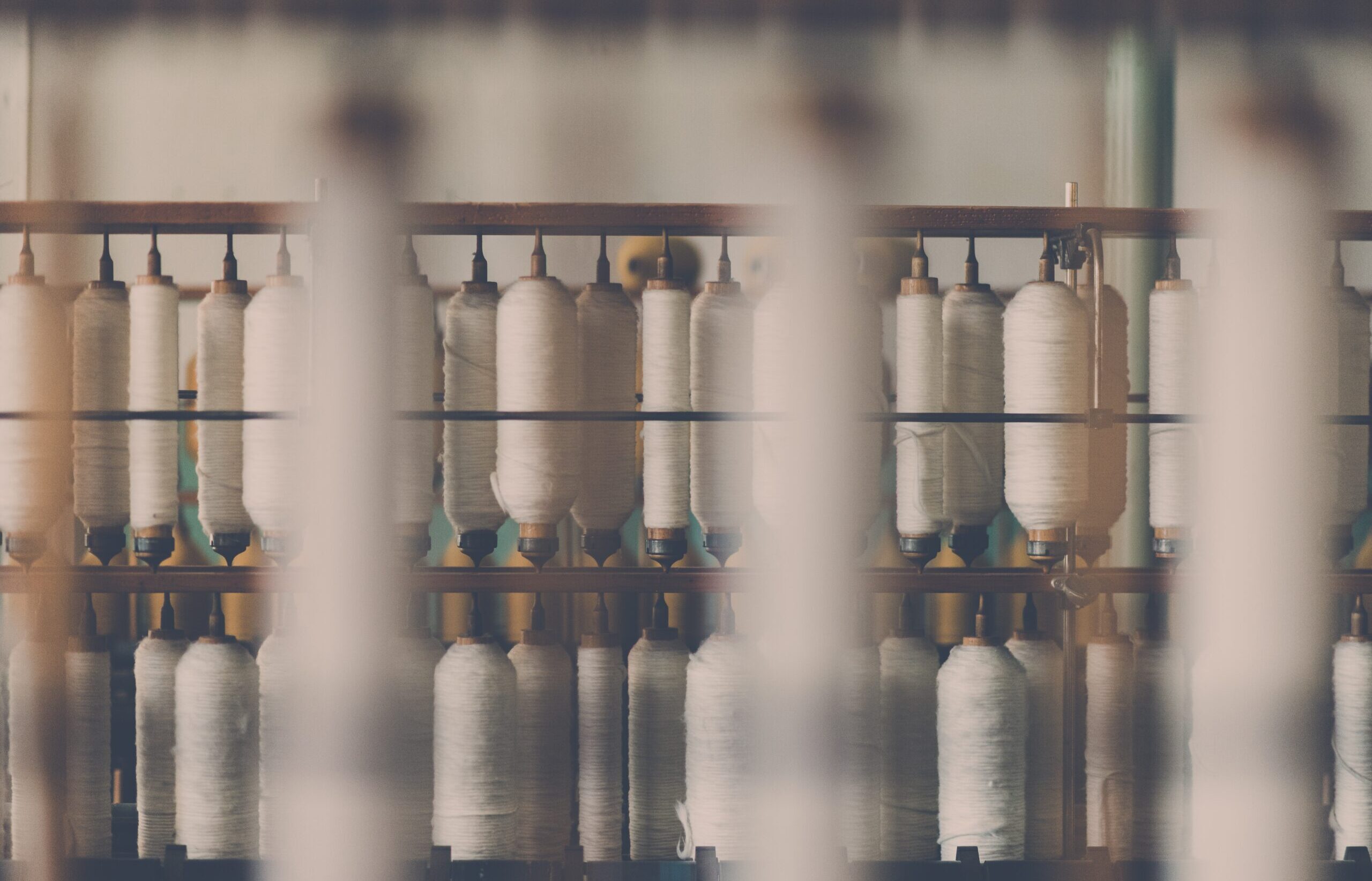Our News
Fashioning a Sustainable Future: Carbon Literacy for Fashion

Photo by 🇸🇮 Janko Ferlič on Unsplash
The global fashion industry is a multi-trillion dollar industry, producing over 100 billion garments annually. Given the size, scale, nature and complexity of its supply chain — the sector faces a number of social and environmental challenges. It is responsible for nearly 10% of global greenhouse gas (GHG) emissions, equal to France, Germany and the UK’s annual emissions. Besides a massive carbon footprint, the industry faces several other environmental and social challenges, including water and land pollution, waste production, toxic chemical use, labour rights and animal rights issues. The list goes on!
To keep global temperature increase to no more than 1.5ºC, the fashion sector needs to reduce its GHG emissions by at least 45%, but it’s currently well behind schedule. The sector is making more noise than ever about its sustainability efforts – with more than 100 brands, retailers, and suppliers having signed the UNFCC Fashion Industry Charter for Climate Action, committing to reach net zero emissions by 2050. However, reports suggest that a great deal of fashion companies have failed to show leadership in eliminating fossil fuels from their supply chains.
But why is fashion struggling to reduce its emissions, and what can the sector do to drive meaningful change?
Last week, we discussed this and much more at our webinar – Fashioning a Sustainable Future: Carbon Literacy for Fashion.
Decarbonising the fashion industry
The sector’s carbon impact is substantial and occurs at every stage of the value chain and product lifecycle. The industry operates within a complex, globally dispersed supply chain. For instance, a basic cotton T-shirt will have travelled across the world before it reaches a store – from farms, mills, factories and warehouses spread across many different countries and continents. More than 70% of fashion’s emissions come from its upstream activities, with an estimated 52% from material production alone.
Despite this, most brands only account for the emissions from their own operations, overlooking their supply chain, where most of the emissions happen. By not acting in an urgent and equitable manner to decarbonise, fashion companies cannot meet their climate responsibilities.
From transitioning to renewable energy and sourcing sustainable materials, to devising circular economy practices and improving supply chain management – there are several strategies that the sector can employ. However, to help achieve this, fashion professionals need the knowledge and skills to cascade environmentally sustainable and socially responsible values. Collaboration and collective commitment are crucial for the industry to make significant progress in decarbonising its operations and mitigating its negative impacts.
That’s why the sector needs Carbon Literacy!
Carbon Literacy is crucial for the fashion sector to navigate the complexities of climate change and drive meaningful change. It can help professionals within the industry better comprehend the environmental impacts of their decisions and take proactive steps to mitigate them. Moreover, by integrating climate considerations into design, material sourcing, and production processes, brands can reduce their carbon footprint substantially.
The beginning of the ‘Carbon Literacy’ road
On 26 April, we held our kick-off event for Carbon Literacy for the fashion sector, shedding light on the importance of climate action within the industry. The webinar featured experts from various backgrounds, including Christiane Startin-Lorent, a Carbon Literacy trainer and advocate, who spoke about her CL course for SMEs in the fashion sector. She was joined by Beth Moore, Sustainability Representative at One+All and Holly Rose, Learning & Development Manager at Copart, who shared their experience using CL as a tool for delivering low-carbon cultural transition. They discussed integrating Carbon Literacy into their organisations’ day-to-day activities and processes, emphasising the need for collaboration and knowledge sharing to drive sustainable practices.
What’s next?
As a next step, we are offering a few free spaces for two training dates in May and June to people interested in undertaking Carbon Literacy for fashion. We have a limited number of spots available for these upcoming courses, and the application review process will take place in the coming weeks. This training program is designed for individuals across the fashion sector who are eager to take meaningful action. Whether you represent a brand, an SME, work as a consultant, or are a sustainability professional, this course will be relevant and valuable for you.
Here is the link to register your interest!
We know fashion is ubiquitous, and it exists in all spheres of our lives. Thus, it can be a powerful agent of change. It can play a vital role in promoting behaviour change by raising awareness and shaping people’s attitudes. By understanding the environmental impact of fashion, implementing sustainable practices, and fostering collaboration and innovation, the fashion industry can play a significant role in mitigating climate change.
If you are interested in CL for fashion and want to influence and shape a toolkit for the sector or pilot it in due course, please drop us a line at [email protected].
Sign-up for the mailing list for Carbon Literacy for Fashion updates here!